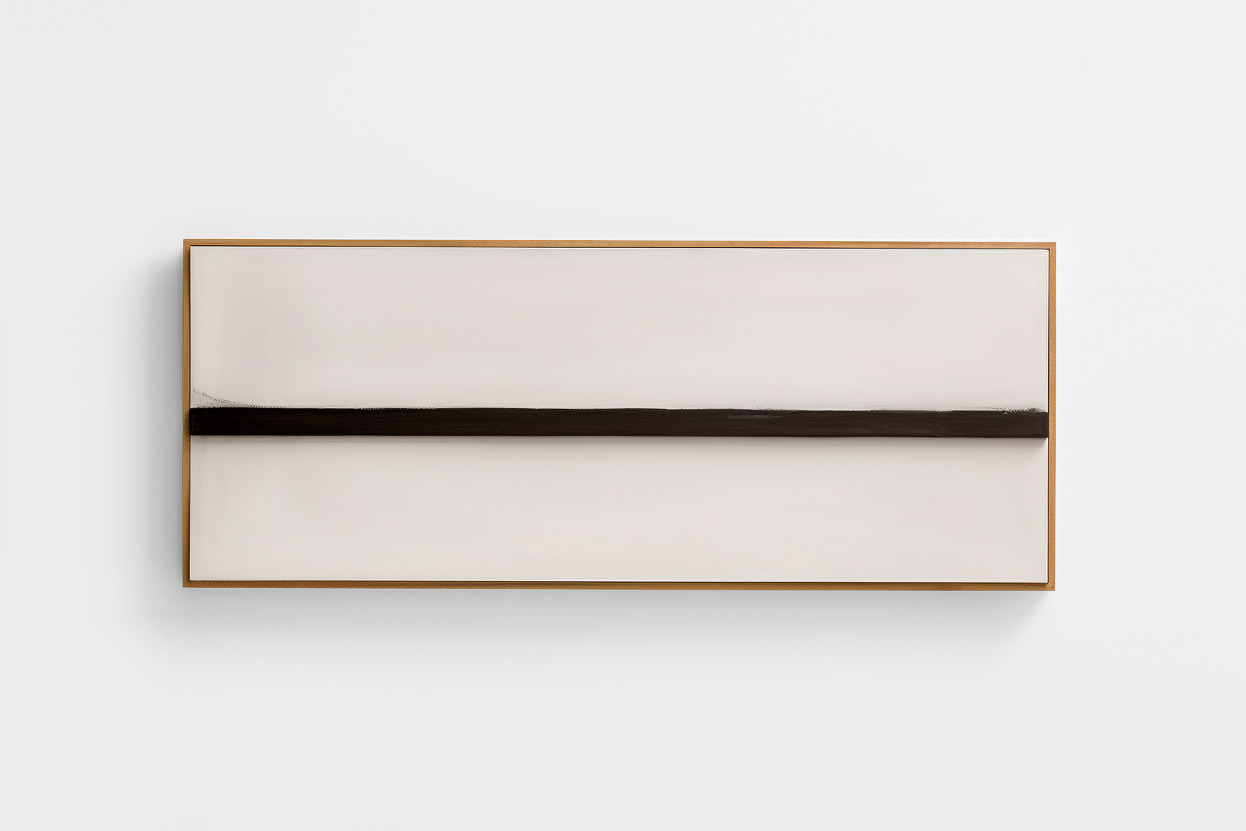Art criticism is a centuries-old tradition that attempts to analyze, interpret, and judge the quality of an artwork. It has been used to ensure that the best art is created and displayed and to educate the public about it. In this week’s column, I will explore the origins, purpose, and implications of art criticism. I will consider whether art criticism can help foster a better understanding and appreciation of art and whether it should be used to judge what for many artists is a revelation of their innermost selves.
There are many reasons why art criticism is important. Many believe that it can help to ensure that only the best art is created and exhibited: „In a time of mediocre art, art criticism is more important than ever….“1 and it can also help to „educate the public about art“2. Additionally, they might say that art criticism can help to foster a better understanding and appreciation of art.
But is that really the case? Especially in this day and age? As art lovers, don’t we want to learn about the artist’s work directly from the artist to form our own opinion, instead of simply adopting the art critic’s opinion? I would like to get to the bottom of this question.
Origins & The Four Elements of Art Criticism
Art criticism is by no means a modern phenomenon. Already in the philosophical literature of antiquity up to the Italian Renaissance, there were debates about art. Then, in the middle of the 18th century, art criticism emerged in Paris as we still know it today – as a subjective, judging, and analyzing view of art for an art-interested public.
Art criticism is structured as follows: Description, analysis, and interpretation. Description involves documenting and describing the artwork, including its form, materials, and techniques used. The analysis involves identifying the elements of the artwork, discussing their relationships, and how they contribute to the artwork’s overall effect. Interpretation involves making inferences about the artwork’s meaning and purpose, based on the description and analysis of the elements.

On the German website of the Kunstforum I found the following important sentence by Paolo Bianchi about this: “If he (note by me: the art critic) succeeds in intelligent critiques, he thereby enriches the perception of art and makes thinking about art phenomena more diverse and interesting.”3 and further he writes: “Reviews of products of art are permanent invitations to sharpen the senses of perception.”3
I’m quite comfortable with this kind of art criticism because it is supposed to stimulate our aesthetic perception. So far, after all, it remains objective – an enriching contribution to the understanding of art.
But now it’s getting interesting: The fourth element of art criticism is evaluation, which involves making a judgment of the artwork’s quality and worth. Evaluation is subjective, as it is based on the critic’s personal opinion and experience.4
Evaluation and Its Implications
But why is it important to evaluate something that for many artists is a revelation of their innermost self? Who are we as viewers, art lovers, and purported experts to think that we can judge this?
So is art criticism now a blessing or a curse? Well, it’s not quite that simple. The first three elements can be an enrichment to the perception of art, and the fourth element – the evaluation – can become a ‘curse’ for artists. On one hand, they may appreciate criticism that gives them valuable feedback and insight into their work that can help them to improve. On the other hand, some artists may feel defensive or sensitive if they don’t agree with the criticism they receive, or if the criticism is overly negative.
In my humble opinion, one could exclude the part of the evaluation and just focus on the description, analysis, and interpretation attempts. Could it not be that otherwise the first, usually pure feeling, when viewing the artwork, could be distorted?
A very interesting topic, and I am curious about your contributions to it! Also, to the artists among my readers: How do you feel when your work is evaluated? Feel free to post in the comments below!
Further reading
- https://www.theguardian.com/artanddesign/jonathanjonesblog/2009/apr/24/art-criticism
- https://natashantone.com/home/2019/2/2/why-art-criticism-is-important
- https://www.kunstforum.de/artikel/vom-prekaren-dasein-der-kunstkritiker/
- https://www.uwgb.edu/malloyk/art_criticism_and_formal_analysi.htm
About Exploring Aesthetics:
Sarah loves asking questions and exploring the things she engages with on a daily basis. Exploring aesthetics is her column which discusses art, design, and aesthetics to explore, inspire, and question the status quo.


